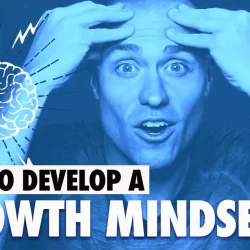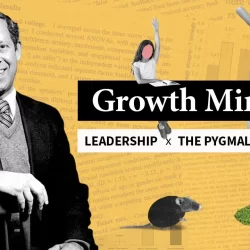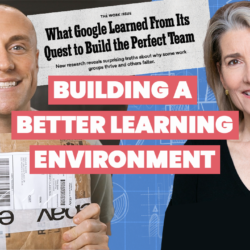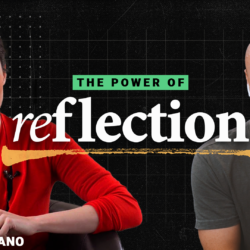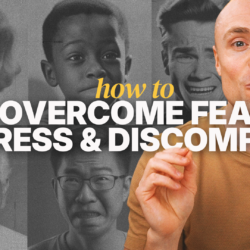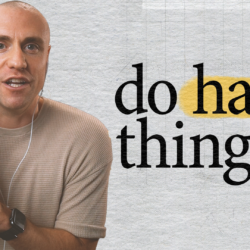by Trevor Ragan and Alex Belser | Podcasts | Leadership & Environment
Designing Your Environment for More Action and Better Learning
To build a skill or make a lasting change we have to get on the path of taking and sustaining action. Understanding a few core principles from the field of behavioral economics can help us stay on that path – helping groups and individuals take more action and become better learners.
Key Points
Behavioral economics
Behavioral economics uses psychological insights to sharpen economic principles. The field studies the difference between how we think people make decisions and how people actually make decisions.
We are predictably irrational
We think that we’re always rational decision makers but the truth is many times we make irrational decisions (especially in the short term). Understanding and accepting this is can help us work with our nature, rather than against it.
Designing our environment
Small adjustments in our environment can help us do the things we want to do and stop doing the things that we don’t want to do. The best nudges are small, visible, and social.
Friction
Humans are wired to do easy things, not hard things. We can use friction to adjust a behavior. Make the action you want to take easy and the action you want to remove more difficult.
Leadership Applications
If we understand the basics of behavioral economics we can figure out how to improve the environment to help shape the actions of our people.
Use this framework:
What is the behavior I would like to see more of? What change in the environment would reduce the friction on performing this behavior?
or
What is the behavior I would like to less of? What change in the environment would increase the friction on performing this behavior?
Quick Links
Predictably Irrational by Dan Ariely
Alex Belser
Trevor Ragan

